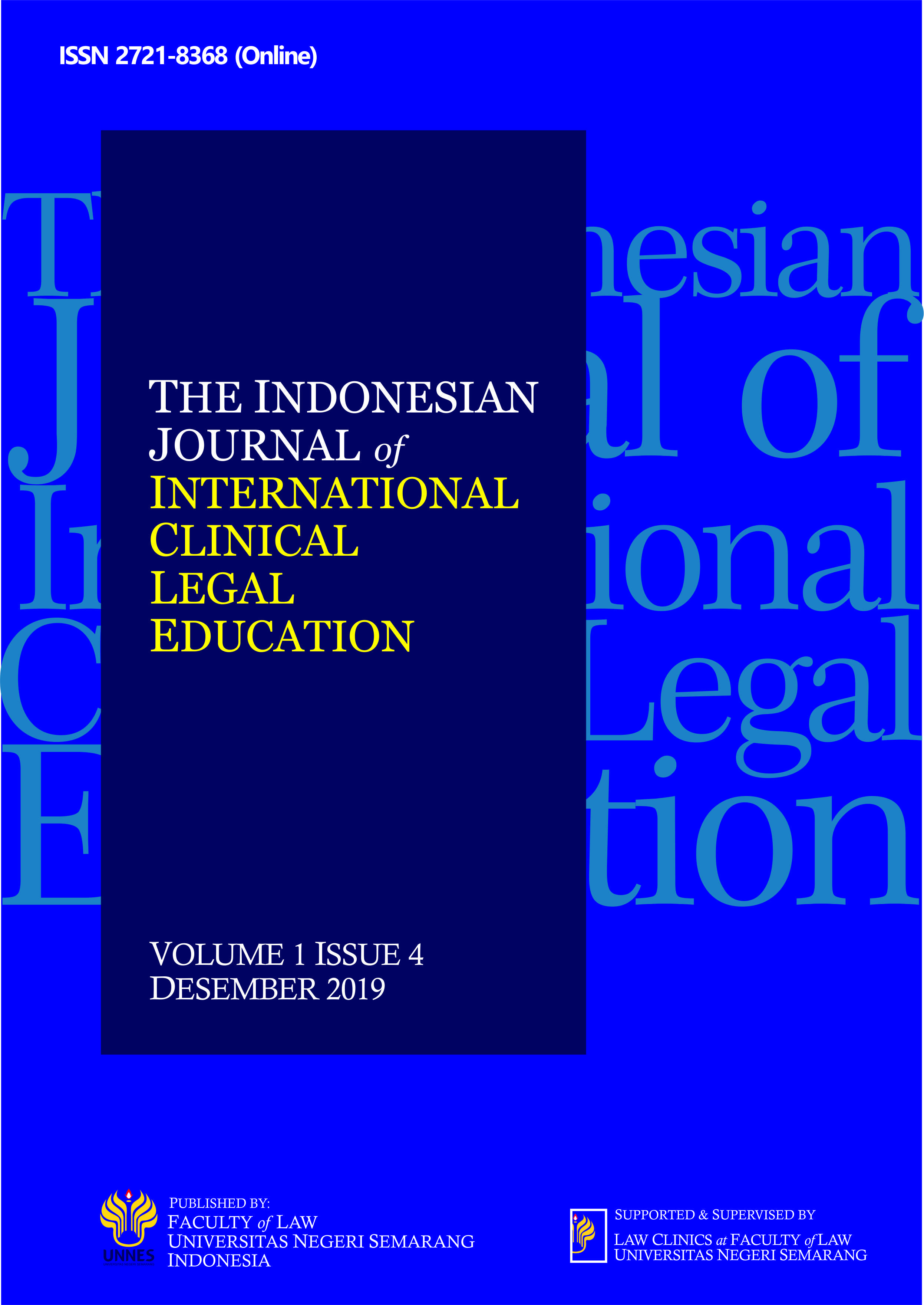Curriculum Design: Difficulties and Realities in Introducing Innovative Teaching and Learning Experience
Main Article Content
Abstract
The 20th century legal education system is said to have failed
to teach students practical legal skills, critical analysis and
decision-making methods, as it did not give students
systematic training in effective techniques for learning the law
from the experience of the legal practice. At the end of the
century, a pedagogic method known as the clinical legal
education was developed which broadens legal education in
all of these dimensions. It is important for a member of a law
school academic to examine this pedagogical approach
towards enhancing students’ knowledge and skills in meeting
the needs of the changing time. Law schools in Malaysia and
to some extent in Brunei Darussalam have some or limited
autonomy in introducing Innovative Teaching and Learning
methods into the curriculum design, but no true success could
be lauded either as difficulties and realities in the study of law
within the common law jurisdictional context requires strong
cognitive elements before a student could really delve in
practical legal skill exercises. The realities cover two main areas
of development: (1) the components of legal studies, and (2)
the outcomes of the studies. The difficulties may be associated
with (1) the governing educational policies; (2) qualification
and quality of students admitted to law school, (3) the
experience of the law teachers; and (4) the learning
environment. The traditional method could not simply be
blamed or ignored, if there ever be a failure in the system, on
the one hand, and the much ushered innovative learning
methods may not necessarily be the success factor, on the
other.
Article Details
The copyrights of the article in Indonesian J. Int'l Clinical Leg. Educ. is on the Author(s), however, before publishing, it is required to obtain written confirmation from Author(s) in order to ensure the originality (Author Statement of Originality). The statement is to be signed by at least one of the authors who have obtained the assent of the co-author(s) where applicable. This work licensed under a Creative Commons Attribution-ShareAlike 4.0 International (CC BY-SA 4.0). All writings published in this journal are personal views of the authors and do not represent the views of this journal and the author's affiliated institutions.
